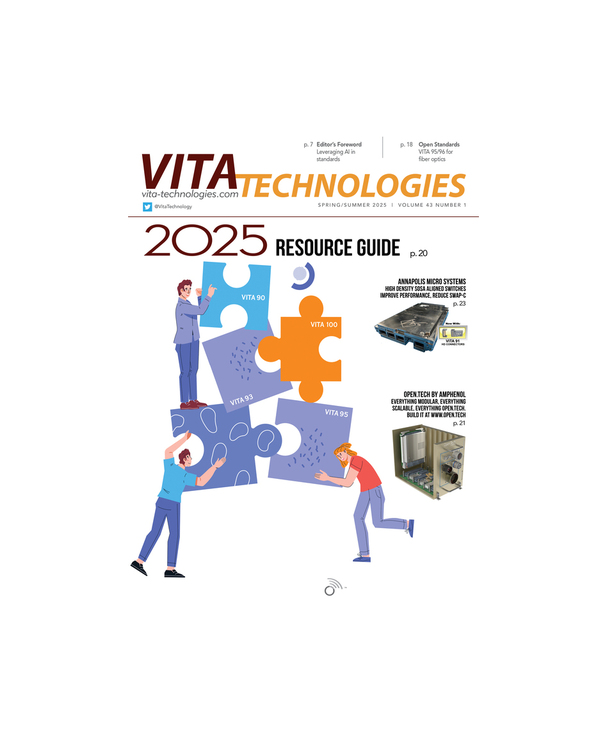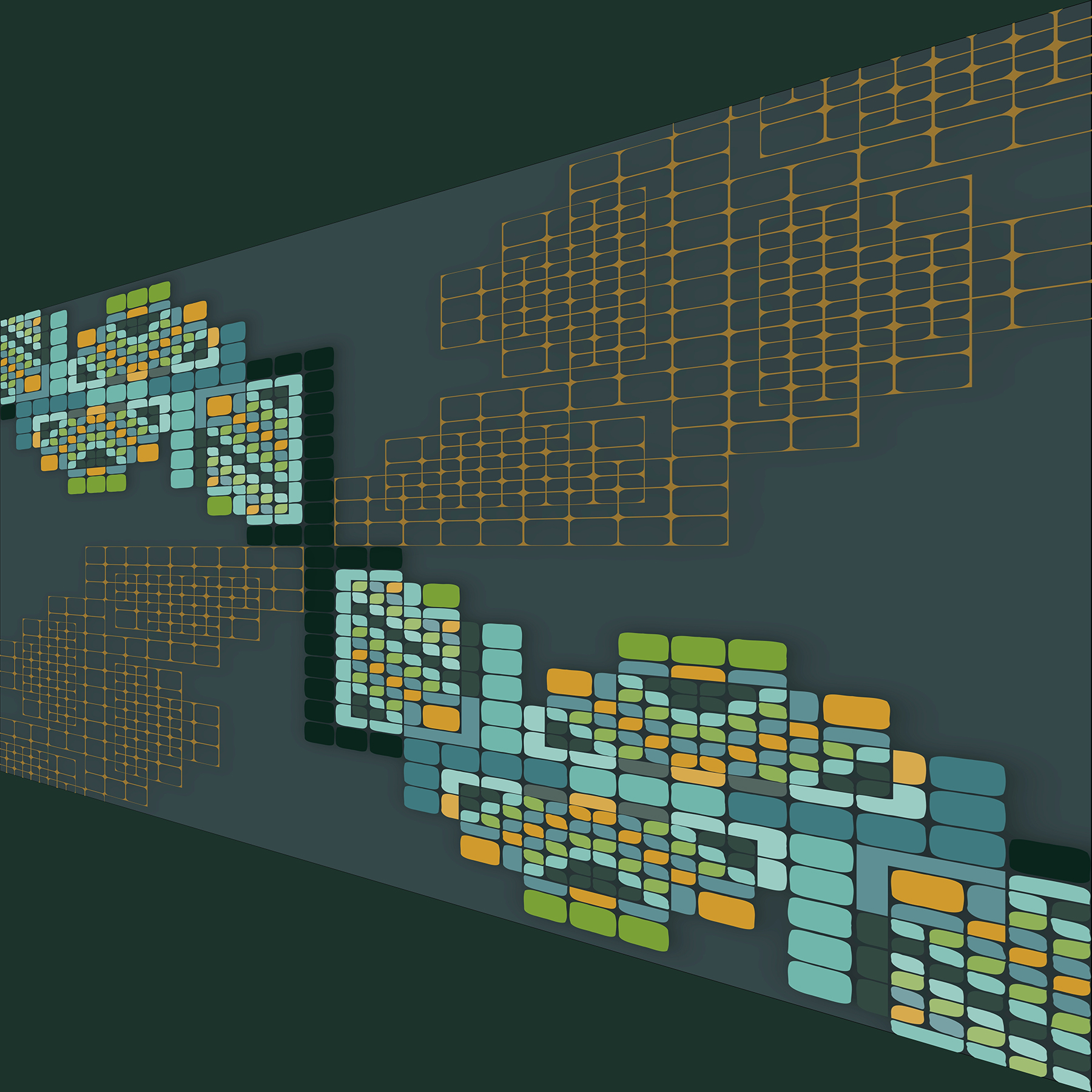It is hard to believe that it has only been a decade since Commercial Off The Shelf/Non-Developmental Item (COTS/NDI) began to make an impact on defense system procurement. However, in that decade there have been momentous changes in the way procurement of embedded computing requirements are directed and how they are executed. One thing that hasn’t changed is the military’s need for their platforms to have a long in-service life, sometimes exceeding 50 years, when the average life of today’s technology is less than three years. With the lack of investment in new military equipment throughout the 1990s, the situation now is that existing platform lives are being extended. In addition to extended life, they are expected to undertake new and varied missions as the face of worldwide defense and peacekeeping missions evolve.
The topic of obsolescence and life cycle management was covered quite superficially in the February 2002 issue of VMEbus Systems, Military Technology Insider Column, so this time we will dive more deeply into the issues to see how some new ideas might freshen up the various options open to the systems integrators and end users to maximize the mission-effective life of their equipment. For example, in the Air Force, airframe and engine lives are being extended by refurbishment, but mission and flight system avionics must also change to keep pace with new doctrine as it develops. In the case of strategic lift and tanker aircraft, they must also be upgraded to meet the new Global Air Traffic Management (GATM) requirements if they are to be fully effective and able to fly in both controlled and uncontrolled airspace.
The result is that many aging military platforms are now suffering from some or all of the following problems:
- Mission systems that are inappropriate to their roles
- Outdated and unmaintainable computers and software
- First-generation, open architecture (VME) systems that are now obsolete
- Short, or no supply of spare parts for repairs
These problems are not in any way restricted to avionics platforms alone, many ground-based vehicles are in the same predicament.
One approach to the upgrade of outdated and unmaintainable mission computers, more suited to avionics platforms, is to just replace the processing core of a subsystem with the latest technology using a COTS product as a base. However, many pre-COTS era avionics boxes or Line Replaceable Units (LRUs) are not of a convenient size to accommodate a 6U VME or 6U CompactPCI, or even a 3U CompactPCI card without significant modification. In this case, a processing core can be derived from a vendor’s standard product building blocks, redesigned onto the existing LRU’s form factor to offer a semi-custom COTS product that is software compatible with the original COTS product (see Figure 1). This may have some limited or additional functionality, or even a different parallel bus interface to the original. This allows for spiral development of the new hardware while new software can be developed in parallel using, for example, a standard off-the-shelf PowerPC single-board computer (SBC). Typically, it will be necessary to redevelop much of the software, as the original processor architecture would likely have been MIL-STD-1750 or some other similar obsolete standard, or even a proprietary processor architecture developed by the original OEM. Software languages and tools have also evolved significantly in the last 10 years. While there is still reasonably good support for Ada, how many software engineers are still familiar with Jovial, Coral 66, or even Pascal?
This approach provides a means to inject new life and new technology into aging subsystems providing a useful and rapid upgrade to performance and capacity, often reacting to an immediate or latent need for enhanced capability in the field. This is a good example of maintaining mission effectiveness but doesn’t entirely resolve the longer-term need to maintain the newly inserted technology. However, because the new technology will share a lineage with its vendor’s COTS product line, it can be replaced in the same way at some point in the future, if this becomes necessary. This leads into making the right decisions, not just for a current crisis but also for a long-term, sustainable, and affordable life cycle management strategy to suit each platform’s unique mission-effectiveness requirements.
There are only a few life cycle management options, but many factors that can affect the choice of which is best to adopt. The basic options are:
Freeze the design at Engineering Manufacturing Design (EMD), just before Low Rate Initial Production (LRIP), and manage obsolescence through inventory and component substitution. This works well for equipment that is likely to have a fixed function throughout the life of the platform and will never require a performance upgrade, or where recertification costs would be prohibitive if the hardware or software were to change.
Technology refresh is often confused with technology insertion, but is, in fact, a unique option. With technology refresh all pieces of in-service equipment of the same type and technology generation are replaced at once with a new piece of equipment using the latest technology. This could be a board in an LRU, a complete LRU, or a collection of LRUs. Technology refresh overcomes the logistics issue of having the same function performed across multiple platforms by differing generations of equipment that might occur with technology insertion programs. This simplifies the carrying of spares, software version control, the maintenance of software development environments, and maintenance documentation.
Technology insertion is often used by the Navy on a ship-by-ship basis. The original equipment will have been designed to specifically accommodate future generations of boards and software that are fitted when they become available or, more usually, when the ship is in dock and available for maintenance work to be carried out. An effective program of technology insertion employs a comprehensive software regression test/development laboratory to ensure that software is compatible with multiple generations of hardware and with all the potential permutations of hardware spares available for repair. The great advantage of technology insertion is that the latest technology can be very quickly deployed whenever new hardware or software capabilities are required. It is most effective where continuous change is required by the role of the platform and is most suited to commercial grade hardware where no recertification is required.
In addition to the basic options of life cycle management there are many factors that need to be considered when making the choice of which to adopt.
Best fit to program size
Small programs are generally well suited to design freeze, though a Naval program with a very small number of ships could be equally well served by adopting technology refresh or technology insertion. The choice will be economically driven by the anticipated Total Cost of Ownership (TCO) of the program.
Production life
Many long term production programs span 10 years or more, which generally exceeds the cycle time of the technology by two or three generations. Consider the production life of the F-18 or F-16 (see Figure 2), both of which have been in production for more than 15 years. In these cases, there are a number of build standards, blocks, or tranches designated for production, each with a production life of five years or so. Key equipment using short cycle time technology is revamped using technology insertion from one block to the next. This requires a lot of careful design at the initial design stage to abstract application software from any hardware specifics that might constrain the refresh cycle.
Platform life
This may vary from 15 years to 50 years. Obviously 15 years will require a different strategy than 50 years. At 15 years, it could be assumed that the initial equipment procurement might last that long under deployed conditions, but this needs to be very carefully reviewed with the vendor. For a lifespan of 50 years, obsolescence and technology insertion or refresh are the accepted norms and should be planned for from the outset. Certification requirements
Flight certification has a big impact on the cost of the initial development and subsequent upgrades. All military aircraft are certified, whether to MIL-STD-516, DO-178B, or Def. Stan. 00-55/56 and recertification costs can significantly skew the economics of a technology insertion program compared to the cost of maintaining inventory for the platform’s anticipated life.
Anticipated mission-effectiveness life
If the role of a platform changes, it is an ideal time to insert new technology providing an often much needed boost to performance and reliability.
Vendors’ product availability expectations
This is the vendor’s forecast of how long they expect to be able to maintain a product in their portfolio. This will vary from vendor to vendor, but for a commercial VMEbus board, five years is typical. Military VMEbus board vendors will offer longer production life than this and will, in many cases, be able to offer longevity of supply and support services to extend the production life and to extend the repairability life of their products.
Vendors’ anticipated design life
This is a parameter often overlooked. During design the vendor should be anticipating the in-service life expectancy or long-term reliability of their products. The first step is understanding the environmental extremes of the application in terms of temperature, shock, and vibration and to design for operation within these limits. The next step is to ensure reliability over an extended number of cycles through these extremes, as found in a real application. Over a 10-year period a board may go through 1000 or more temperature cycles. Temperature cycling shows Coefficient Thermal Expansion (CTE) mismatches between the board material and the components, causing fatigue and eventual fracture of solder joints. Large ceramic ball grid arrays (BGAs) are particularly prone to this failure mechanism after only a few hundred cycles and special measures such as the use of compliant solder columns are required to bolster long-term reliability (see Figure 3).
COTS is not the cause of many of the issues related to obsolescence today, though some early experiences with COTS quickly highlighted serious concerns over product availability and board vendors’ unwillingness to extend the life of their products or even to offer compatibility through successive generations for technology insertion. Many programs did not appreciate the impact of obsolescence and the consequent need to adopt very rigorous vendor screening procedures to mitigate its effects. Now that the use of COTS has matured, the models have been developed to make the right choices for the management of obsolete parts, boards, and subsystems and the need to sustain their operational mission effectiveness for the platform life.
Duncan Young is the Director of Marketing for Dy 4 Systems, where he developed the company’s most advanced concepts of COTS and lifecycle management for deployed, harsh environment applications and spearheaded its incorporation into a range of advanced, open-architecture VMEbus products. After early work on airborne radar navigation systems he worked with the European Space Agency on high-speed data links from ground stations to the Control Center in Darmstadt, Germany. He has worked in the defense industry for more than 30 years and was educated in the United Kingdom.








